

Games that receive yearly upgrades often seem to take the easy path. Tweak a few things here and there, give those new features a fancy marketing name: “Now With Exo-Blast Precision Tackle Vision!” It certainly would have been easy for Stainless Games to just go ahead and crank out another annual iteration of everyone’s favorite collectible card game, Magic: The Gathering. Lucky for Magic fans, and fans of CCGs in general, that is far from what Stainless Games has done with Magic 2014: Duels of the Planeswalkers. Read our review to see if going the extra mile was worth it.
Magic: The Gathering has a pretty dedicated built-in fan base (a la Madden) who are going to buy the game each year regardless of the depth of changes made (also Madden). So they could have taken a year off to just send someone out back to shake the money tree. However, what Stainless Games has managed to do with this year’s release not only serves to quiet critics and listen to complaints by making gameplay tweaks where necessary and streamlining the gameplay itself, but it also does these things so well that they, with Magic 2014, have begun to change the conversation, or at least start one, about the merits of digital versus physical media when it comes to collectible card games. Yes, the strides made this year are that good. The approximation of sitting down with a friend to play on screen are done so well that, at times, it bests the actual experience of doing so.
Of course there will be those that will be purists about this sort of transition. The same ones who spoke of MP3s never taking over physical CDs. The same ones who say you they still play tabletop D&D instead of Skyrim or myriad other RPGs. And there is some merit to these claims. Each method of consumption does things right. It would be hard to argue that playing Magic 2014 on your Xbox is the same as waiting until after hours time and the comic shop, or heading to the back room of a comic shop or game store to play people you’d only just met. While that can be fun and exciting, it can also be intimidating for new players, still learning the ropes, not wanting to make a fool of themselves with a simple rule faux pas right off the bat.
The point is that for some people, those that don’t want to play at events, those with limited time, or those with limited income, this might be the new way they play Magic: The Gathering. And they are just fine with that. Let’s see how that happened.
The first things players will notice is the overhauled new single player campaign. Everything about it has been given the royal treatment. The first round in gives a fairly functional tutorial of the games different card types and how they are played. These are broken up into encounters to give the sections a more hands-on feel, and hopefully make the rules stick.
Additionally, this time around it has a defined narrative drive with a couple cutscenes and solid voice-over work as you are led around to the different realms looking to duel in exchange for some needed artifacts. To keep from running into the monotonous trappings of past campaigns that bogged the player down with duel after pointless duel, the game now has a bit more structure. A handful of encounters must be conquered before being able to duel what essentially is the boss of the land.
These encounters not only spice things up a bit, but also serve an extremely useful purpose. Because the opposing deck plays out the same way every time and uses the same strategy every time, it gives the player a chance to identify what that deck style is, and therefore the strategy behind it. They can then adjust their plan accordingly. The only negative about the full-on campaign duels is that the AI seems to get lucky with a pretty high frequency. It’s not uncommon for the opponent to have exactly the card needed, and have it in-hand, to fend off that powerful card of your own. This may sound like sore loser talk, and that’s fair, however it just happens a little too often for an eyebrow or two not to be raised.
The second biggest new addition to Magic 2014 is Sealed Play. Players can either get into a separate campaign dedicated to the style of play, or Sealed Play has been worked into the multiplayer portion of the game this year. Sealed Play allows players to open up new booster packs filled with random cards. They can then essentially build their deck from the ground up. Now while the main campaign also finally has expanded deck customization options, Sealed Play really feels like a shot over the nose of actual physical play. It’s the closest thing digital players will get to the real thing. Newer players who are unfamiliar with many of the cards or deck types may find an endless amount of experimentation here, not to mention a memory lesson in mentally filing away card abilities. So it sticks with the theme of this game: Great teaching tool, Great playing tool.
While Magic 2014 does continue to be a great way to learn the fundamentals of how the game is played, there are still some moments in which the finer points of play may elude any inexperienced players with no help from the game to rectify this. A player may use a card expecting to inflict damage on the AI opponent, only to watch that opponent somehow kill that card and three others in one move. The option to pause and select a “What the Heck Just Happened?!” tutorial that would breakdown the previous turn’s events would be quite helpful in some cases.
To be more specific, simple things like when it’s ok to play an Instant, activate a card’s ability, or what the difference between the Graveyard and Exile is are well known to those who have been Planeswalking for the last few iterations, but unfortonuately the game doesn’t give some of these finer points the same tutorial treatment the broader basics get. Any seasoned player will tell you that it’s knowing those details and the game’s intricacies that are often the key to victory.
Magic 2014 is absolutely the most streamlined the interface and process of playing has ever been. However, there are still a couple nagging issues with the facebutton mapping that make it easy to make mistakes. Namely the interplay between the A button and the Y button. The former is meant to play cards and generally do…stuff. But since “generally do stuff” encompasses a lot of stuff in a game like this, it’s easy to be hammering away on the A button with no results. That’s when the Y button comes into play. Generally carrying with it the command of simply “Continue,” this is where the fast finger confusion can occur. The blurry line between “Do Stuff” and “Continue” can somewhat frequently cause a card to be played that shouldn’t, or miss the chance to play a card or activate a card’s ability that should have. So keeping an eye on the Layout HUD is a must to ensure one doesn’t accidentally give the duel away with a mistaken button press.
Despite any of the above snags, the game is still easily recommendable as the raw fun factor and core playability of the title far outweigh these complaints. Whether learning the basics, identifying different deck strategies, or simply jumping into a game solo, when time or many interested friends are limited, it still remains the best way to enjoy Magic: The Gathering in far too many categories to get hung up on nit-picky gripes. (It’s also the cheapest way to try out that many decks and specific cards; it would cost well over the $10 asking price to get hands-on time with this many cards in the real world.)
Magic 2014: Duels of the Planeswalkers not only does these things well, but as was mentioned earlier, it fundamentally starts to blur the lines of the preferences between this game and the CCG. That in and of itself is something Stainless Games can be very proud of. And, for the rest of us, it’s something we don’t get to see that often and owe it to ourselves to give it a whirl. After all, those planes aren’t going to walk themselves.
Ranters, peel open some booster packs and get to it. Have you already played the game? Do the new changes affect the way you play? Was it worth the upgrade? Or are you sticking with your physical decks!
Magic 2014: Duels of the Planeswalkers is currently available on XBLA, PSN, PC and mobile devices. The Xbox version was used for this review.
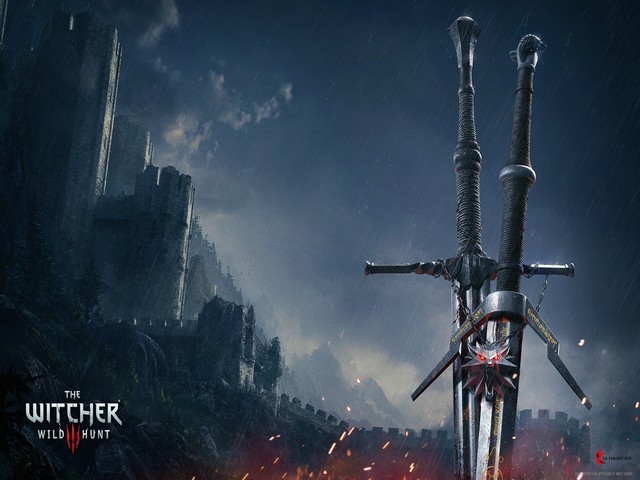
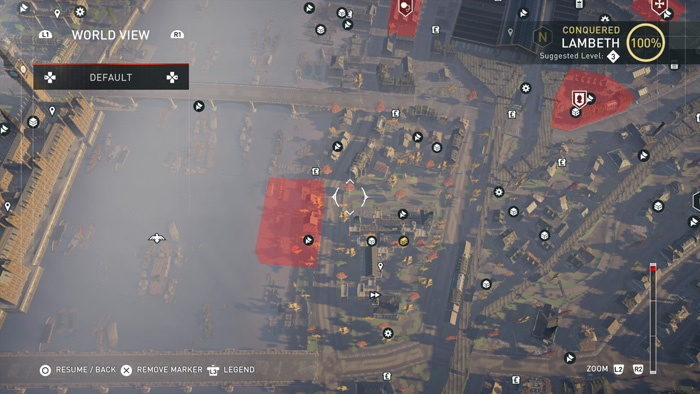
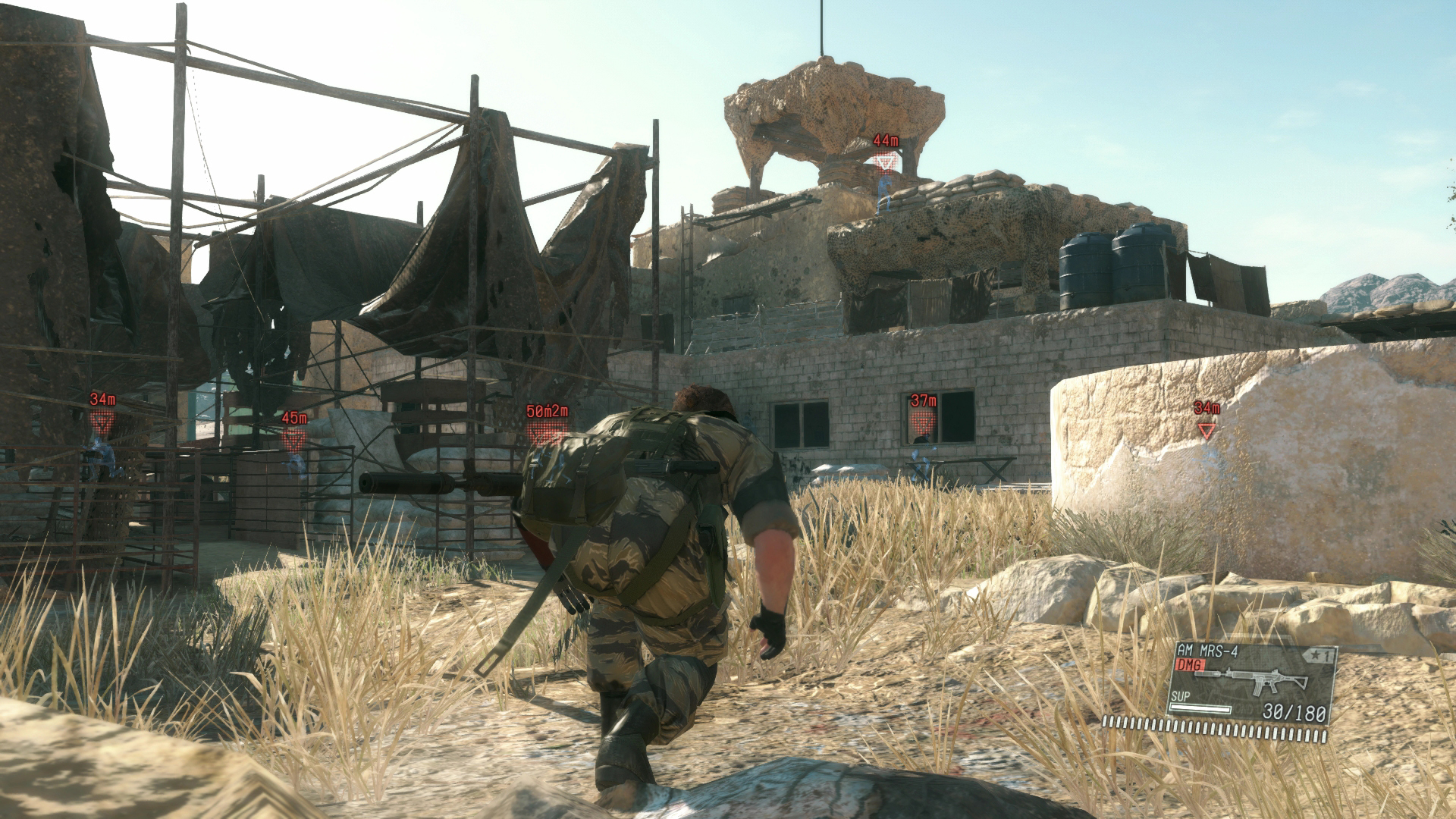
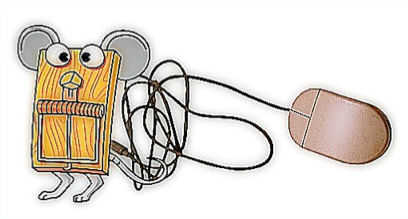
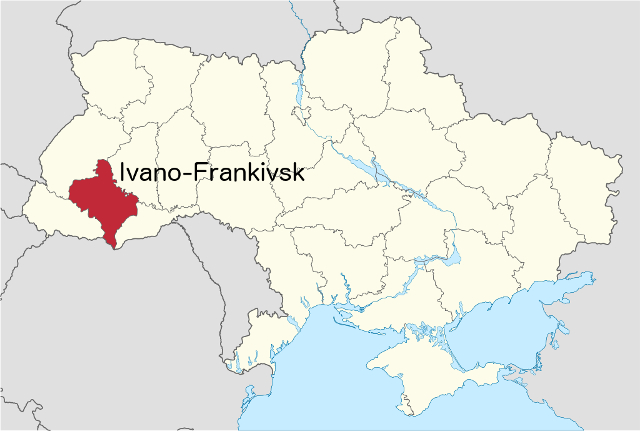 Ukraine's Power Grid was Hacked: Could It Happen Here?
Ukraine's Power Grid was Hacked: Could It Happen Here? Resident Evil HD Remaster Wiki – Everything You Need To Know About The Game .
Resident Evil HD Remaster Wiki – Everything You Need To Know About The Game . Halo: Combat Evolved Anniversary Walkthrough
Halo: Combat Evolved Anniversary Walkthrough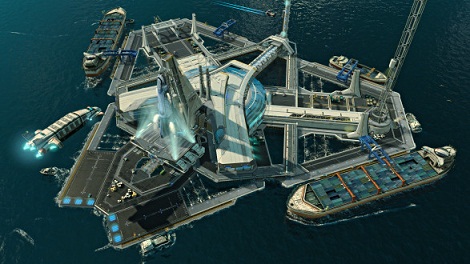 Anno 2205 minimum and recommended hardware specs confirmed
Anno 2205 minimum and recommended hardware specs confirmed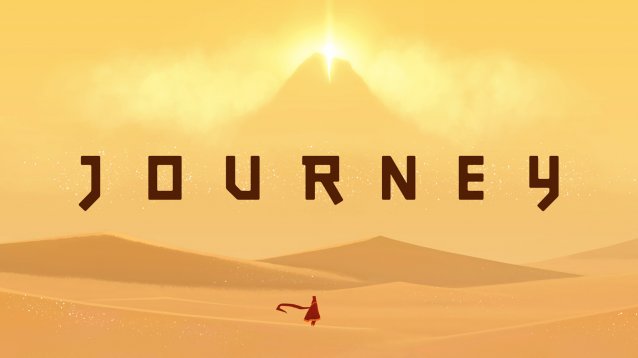 thatgamecompanys Journey Gets Perfect Review Scores
thatgamecompanys Journey Gets Perfect Review Scores